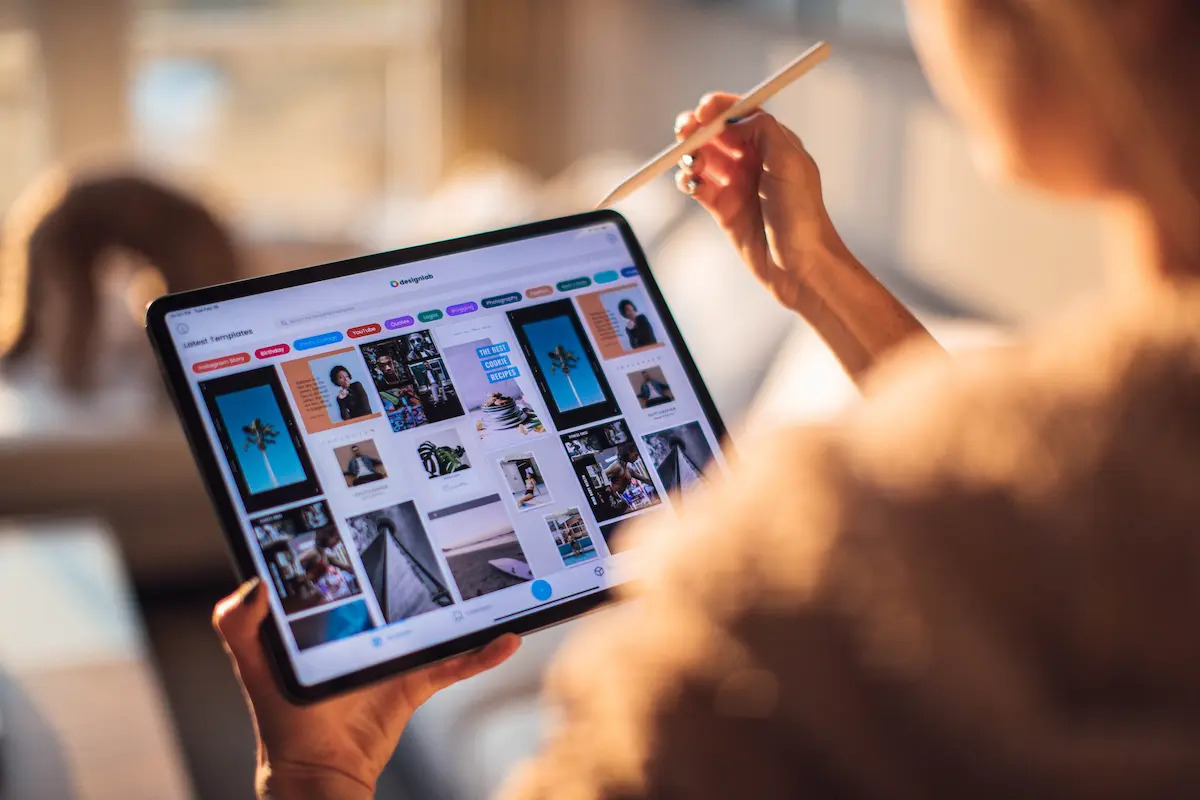
The Right Medium for Your Story
Stories have long been a way for people to connect, share experiences, and inspire others. In today’s world, storytelling is no longer confined to printed pages or spoken words—it has expanded into the digital space, reaching audiences through multimedia, social media, and interactive experiences. Choosing the best format for digital storytelling can make all the difference in how effectively a story resonates with its audience.
Different digital formats cater to different types of content and engagement levels. Some stories come to life through videos, while others thrive in podcasts, interactive articles, or visual presentations. The key is understanding which format best aligns with the story’s purpose, audience expectations, and distribution platforms.
This article explores the many formats available for digital storytelling and how each one shapes the way audiences engage with content. From written narratives to immersive experiences, the right format enhances storytelling impact, making messages clearer, more engaging, and easier to share.
Understanding the Role of Format in Digital Storytelling
Every story has a unique essence, and the format it takes on should reflect that essence. Some formats are better suited for emotional storytelling, while others are structured for quick consumption or in-depth analysis. Choosing the best format for digital storytelling helps ensure that the story is experienced in a way that best captures its intended impact.
For example, visual storytelling through videos or animations can capture emotions and complex ideas effectively. In contrast, text-based stories, such as blogs or interactive articles, allow for deeper explanations and self-paced reading. Meanwhile, podcasts and audio formats offer a way to engage audiences without requiring their full visual attention.
Choosing a format is not just about preference; it’s about delivering a story in the most effective way possible. By understanding the advantages of different digital formats, storytellers can craft experiences that feel more natural and immersive to their audiences.
Written Content: Blogs, Articles, and Ebooks
Text-based storytelling remains one of the most powerful ways to share information. Blogs and articles are widely used to educate, inform, and entertain, allowing readers to engage at their own pace. These formats work particularly well for thought leadership, tutorials, and news updates.
Ebooks and long-form content provide an opportunity to dive deeper into topics, offering structured narratives that guide readers through more complex ideas. These formats are valuable for industries that rely on in-depth analysis, such as research, business strategy, and education.
Despite being one of the oldest storytelling mediums, written content continues to evolve in the digital space. Interactive articles, embedded multimedia, and digital publishing platforms have added new layers to traditional text-based storytelling, making it more engaging and visually appealing.
Video Storytelling: From Short Clips to Documentaries
Video has become one of the most engaging storytelling formats, thanks to its ability to combine visuals, sound, and motion. Whether through short-form content on social media or long-form documentaries, video storytelling captures attention quickly and conveys emotions effectively.
Short videos are ideal for social media platforms, where audiences expect fast-paced content that delivers key messages in a matter of seconds. Meanwhile, longer formats such as vlogs, interviews, and documentaries provide space for deeper storytelling, allowing narratives to unfold in more detail.
Advancements in video editing, animation, and live streaming have made video storytelling more accessible than ever. With the right tools and strategy, creators can produce compelling visual stories that leave a lasting impact on their viewers.
Audio Storytelling: Podcasts and Voice Narratives
Audio storytelling has gained momentum in recent years, offering an engaging format for audiences who prefer to listen rather than read or watch. Podcasts, in particular, have become a preferred medium for storytelling, interviews, and deep discussions on various topics.
Unlike video or text, audio allows for multitasking, making it a convenient choice for busy listeners. It also has a personal touch—hearing a storyteller’s voice adds depth and authenticity to the experience.
With the rise of smart speakers and audio-based social platforms, voice narratives are becoming an essential part of digital storytelling. Whether through scripted content, conversational interviews, or live discussions, audio remains an intimate and effective storytelling medium.
Interactive Storytelling: Gamification and Immersive Content
Technology has introduced new ways to tell stories, with interactive experiences leading the way. Digital storytelling is no longer limited to passive consumption—audiences can now engage with narratives through gamification, virtual reality, and interactive web content.
Interactive storytelling allows users to make choices, explore different outcomes, and become active participants in a story. This format is widely used in gaming, e-learning, and digital journalism, where engagement and immersion are key.
While developing interactive content requires more resources than traditional storytelling formats, the results can be highly rewarding. Immersive storytelling captivates audiences in ways that static content cannot, making it a powerful tool for brands and educators alike.
Social Media Storytelling: Instant and Engaging Content
Social media has transformed the way stories are told, offering platforms for instant and interactive engagement. Whether through Instagram stories, TikTok videos, Twitter threads, or Facebook posts, social media storytelling allows for quick, digestible content that reaches wide audiences.
The challenge with social media storytelling is maintaining authenticity while keeping content brief. Attention spans are short, and messages need to be delivered quickly. This requires creativity in structuring narratives that capture interest within seconds.
Despite its fast-paced nature, social media storytelling offers unmatched opportunities for interaction. The ability to engage with audiences in real time makes it a valuable format for brands, influencers, and content creators looking to build strong connections with their followers.
Choosing the Right Format Based on Your Audience
Not all formats will work for every audience. Understanding who the story is for and how they consume content is key to making the right choice. Some audiences prefer detailed blog posts, while others are drawn to visually engaging videos or quick social media updates.
Demographics, preferences, and platform behavior all play a role in determining which format will have the greatest impact. For instance, younger audiences may engage more with TikTok or Instagram videos, while professionals may seek out long-form articles or LinkedIn content.
Tailoring a story to the right format ensures it reaches the intended audience in the most effective way possible. By aligning format with audience expectations, storytellers can maximize engagement and storytelling impact.
Balancing Creativity with Strategy in Digital Storytelling
The format of a story should complement its message rather than overshadow it. While digital storytelling offers many exciting possibilities, it’s important to choose a format that serves the narrative rather than just following trends.
Experimenting with different formats can help determine what works best for different types of content. Testing engagement levels and audience reactions provides valuable insights into how storytelling formats should be adjusted.
By blending creativity with strategic thinking and choosing the best format for digital storytelling, storytellers can craft compelling digital experiences that not only inform and entertain but also leave a lasting impression on their audience.

